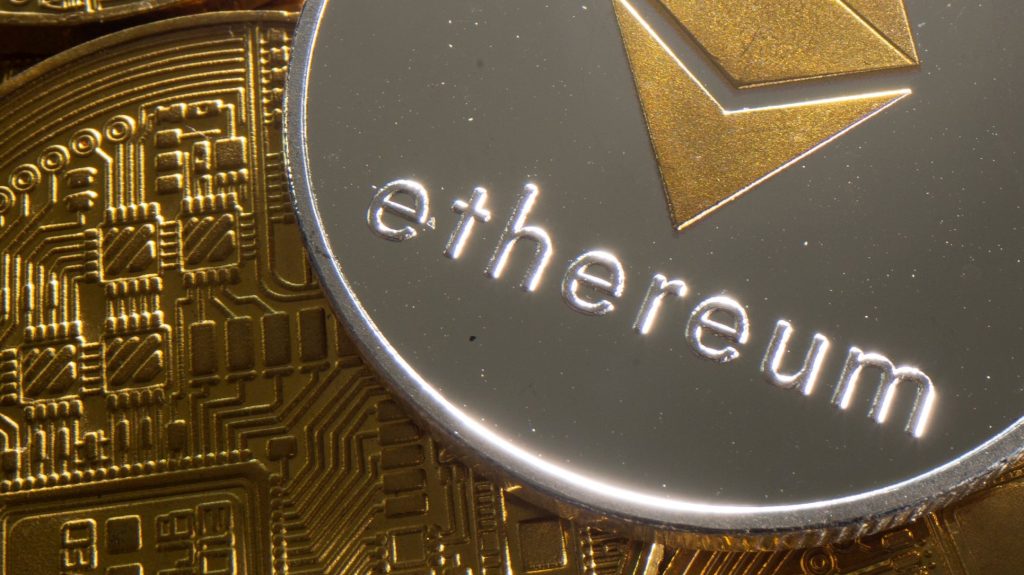Ethereum’s Energy-Saving Merge Upgrade

Ethereum, the blockchain that underpins the world’s second-largest crypto token ether, on Thursday underwent a major software upgrade that slashes the amount of energy needed to create new coins and carry out transactions.
Here’s what you need to know about the “Merge” as the shift is known.
WHAT IS ETHEREUM?
Like other blockchains, Ethereum is essentially a digital database shared across a network of computers. It records ownership of the cryptocurrency ether, and other Ethereum-based digital assets such as non-fungible tokens.
Proponents say Ethereum will form the backbone of much of the widely hyped but still unrealised “Web3” vision of an internet where crypto takes centre stage in applications and commerce.
SO WHAT IS THE MERGE?
The “Merge” is a change to the way Ethereum processes transactions and how new ether tokens are created.
It involved the Ethereum blockchain combining with a new separate blockchain. The new system, known as “proof-of-stake”, slashes the Ethereum blockchain’s energy consumption by 99.9%, developers say.
Most blockchains, including bitcoin’s, devour large amounts of energy, sparking criticism from some investors and environmentalists.
The Ethereum Foundation, a prominent non-profit organisation that says it supports Ethereum, says the upgrade will pave the way for further blockchain updates that will facilitate cheaper transactions.
HOW BIG OF A DEAL IS THIS?
Ethereum backers say the Merge is a monumental moment for the $1 trillion crypto sector.
Proponents believe the Merge will make Ethereum more favourable compared to arch-rival bitcoin – the world’s top cryptocurrency – in terms of price and usability.
That could see Ethereum applications become more widely used.
Some investors are betting the change will be significant for the price of ether, which has gained more than 50% since the end of June, compared to bitcoin’s minimal gains.
Ether’s price showed little reaction to the Merge’s completion on Thursday, trading at around $1,624.
PROOF-OF-STAKE? SOUNDS TECHNICAL
It is. But it’s also important.
There are different ways transactions on the blockchain – the software that underpins most crypto – can be verified. In the “proof-of-work” system previously used by Ethereum, new transactions were checked by crypto miners.
Miners used powerful computers that solved complex maths puzzles and updated the blockchain, earning new crypto tokens. While this made records on the blockchain secure, it was highly energy-intensive.
In the “proof-of-stake” system, ether owners will lock up set amounts of their coins to check new records on the blockchain, earning new coins on top of their “staked” crypto.
SOUNDS LIKE A NO-BRAINER, RIGHT?
Maybe. While Ethereum developers say the “proof-of-stake” model has safeguards to ward off hackers, others say criminals could attack the blockchain under the new system.
If a single entity accumulated the majority of ether staked to validate new transactions, they could alter the blockchain and steal tokens. Crypto experts also say there is a risk that technical glitches could mar the Merge, and that scammers could take advantage of confusion to steal tokens.
It may also become easier for developers to build programmes on the Ethereum network, potentially boosting adoption. Still, those updates are likely months, if not years, away.
(Reporting by Hannah Lang in Washington and Elizabeth Howcroft, editing by Tom Wilson, Chizu Nomiyama and Jason Neely)




